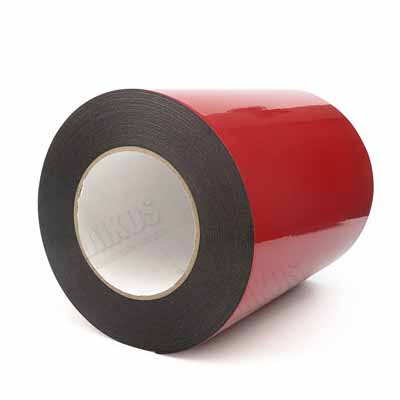A thermal pad is a pre-formed solid rectangle that is installed on the underside of a heatsink to promote the conduction of heat. Generally, this type of pad is made of silicone, rubber, or foam, and it can help keep a computer cool while at the same time increasing the lifespan of the heatsink.
Thermal pads come in different thicknesses, which will determine their performance. Thinner ones may not make good contact with the surface they're applied to, which can lead to poor heat transfer and damage to the component being protected. Thinner thermal pads are easier to apply and have better thermal conductivity. For example, cutting the thickness of a thermal pad in half will reduce its thermal impedance by a factor of two, making it a better conductor of heat.
The thermal pad is also useful for electrical isolation. They can provide reliable electrical isolation and are effective gap fillers. They are also highly efficient conductors. The intrinsic conductivity of thermal interface materials is measured in Watts per meter-Kelvin (W/mK). The higher the number, the better the heat transfer. Silicone thermal pads are particularly beneficial for electrical isolation, as they are very versatile and can be made in various thicknesses.
Thermal pastes are another option. They are generally much easier to install. The thermal paste can sometimes be misapplied or can lead to complications. Thermal paste is more effective than thermal pads in some cases, but there are several disadvantages. First, thermal paste requires manual application, and it must be applied to the entire surface of a heatsink. Second, thermal paste is not as easily removable as thermal pads.
Thermal gap fillers are thin, soft, conformable pads that reduce component stress and vibration. They are available in standard thicknesses of 0.010" to.200". Depending on your design, thermal gap filler pads can be made from many materials.
Thermal paste can be applied using a roller, but the application process will result in inconsistent thicknesses. For a clean, uniform distribution of the thermal paste, it is best to use a thermal pad.




